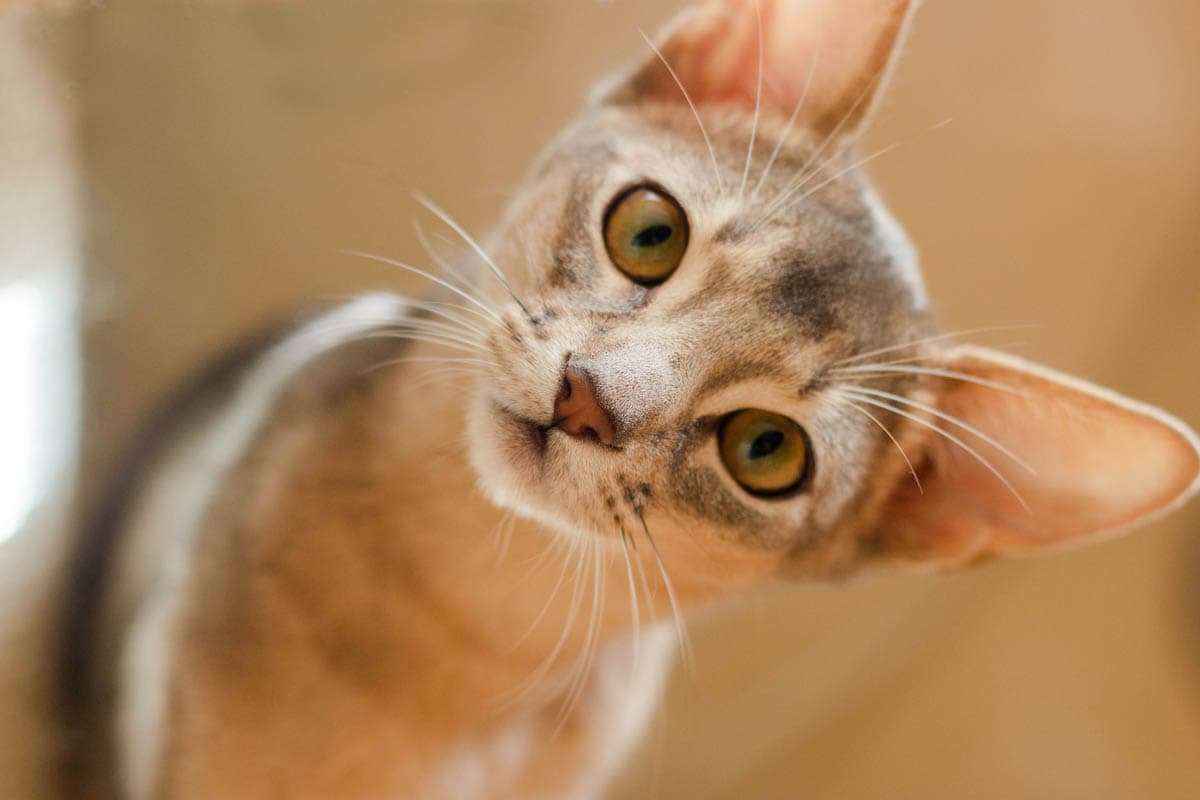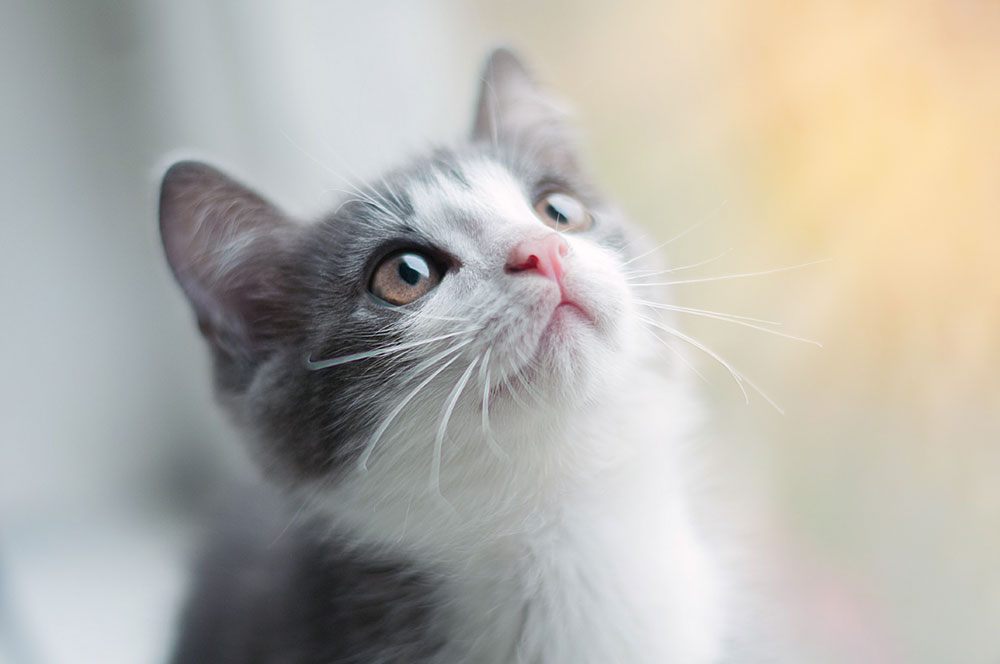Cat eyes are a unique world, filled with color and wonder. Their slow blinks and their beautiful irises. It’s hard to resist when they look at you.
Do cats have eyelashes?
Despite the popularity of cat eyelashes in the makeup world, it’s rooted in some truth. Cats do have eyelashes. But they aren’t the full, well-defined ones that humans have. The cat’s eyelashes blend in with the fur covering the face.
However, some breeds don’t have eyelashes. The Sphynx, known for being hairless, has no eyelashes. They are also missing their whiskers!
Eyelashes are stiff hairs called cilia. These cilia are also present in human noses and other body parts.
It seems like some cats have eyelashes due to the length of the fur. Cat eyelashes are shorter than we think about, so long-haired breeds have more obvious ones.
Why do cats have eyelashes?

Eyelashes have two purposes: protection and detection.
Protection is the main function of eyelashes. It’s a barrier for dirt, dust, and bacteria. Eyelashes serve to prevent bacteria from getting into our eyes and making us ill. They curve to keep any dirt away.
Additionally, eyelashes are good detection. They are sensitive. Eyelashes have nerves which can sense when debris is nearby, about to enter the eye.
However, in felines, eyelashes don’t serve for protection or detection. They are short, which prevents these functions. Instead, cats have fur, whiskers, and a third eyelid to serve these functions.
You might be wondering why cats have eyelashes if they don’t serve a function. Well, evolution does some strange things. A vestigial structure are parts of the body which serve no function, and are usually left over from a past ancestor. In humans, the main example is the appendix.
How do cats protect themselves if their eyelashes don’t do anything?
As mentioned above, cats have whiskers, fur, and third eyelid serve to protect their eyes.
The third eyelid is a part of the feline’s body which is underneath their first eyelid. It is a thin membrane which you may see if your cat is half-asleep. It’s a white film which goes over the cat’s eyelid to prevent dusk and bacteria from entering.
A cat’s whiskers and fur also help to prevent bacteria from entering the eye. The whiskers serve as another point of detection, as it causes vibrations they can sense. A cat’s whiskers are sensitive.
Why is it hard to see a cat’s eyelashes?
It’s hard to see a cat’s eyelashes due to the length. The shortness allows the eyelashes to blend in with the rest of the fur coat.
Can my cats’ eyelashes have a disease?
Eyelash disorders are not usually fatal in cats, but can lead to other eye issues. An eyelash disorder occurs when abnormal growth leads to irritation.
The three types of eyelash disorders are:
- Distichiasis: when eyelash grows from inner rim of the eyelid
- Ectopic cilia: when the eyelash grows from inside the eyelid
- Trichiasis: when the eyelash grows in different directions
Your pet may exhibit the following signs if they have an eyelash disorder:
- Excessive blinking
- Change in iris color
- Discharge
- Eyelashes are still
- Pawing at the eye
If your cat is showing any signs of eye or eyelash issues, it would be best to get your cat to a veterinarian. Eyes are not something you want to play with as it can lead to long-term damage.
How would my vet diagnosis an eyelash disorder?

The best way to help your vet is to keep track of the symptoms your cat is displaying. Your vet will ask questions about the symptoms and allergy possibilities.
Your vet will perform a physical examination to rule out other conditions and narrow down the possible issues.
A Schirmer tear test may be performed to check tear production of the eye or an intraocular eye pressure test to check the fluid pressure. A fluorescein eye test stain can check for ulcers in the cornea.
How are eyelash disorders treated?
As stated above, there are three categories of eyelash disorders. The treatment will depend on the severity of the issue.
- Distichiasis: Treatment includes plucking the eyelashes, which will grow back in several weeks.
- Ectopic Cilia: Treatment includes surgery to remove the ectopic cilia and eyelashes from inside the eyelid.
- Trichiasis: Treatment includes cutting the hair to prevent contact with the eye.

